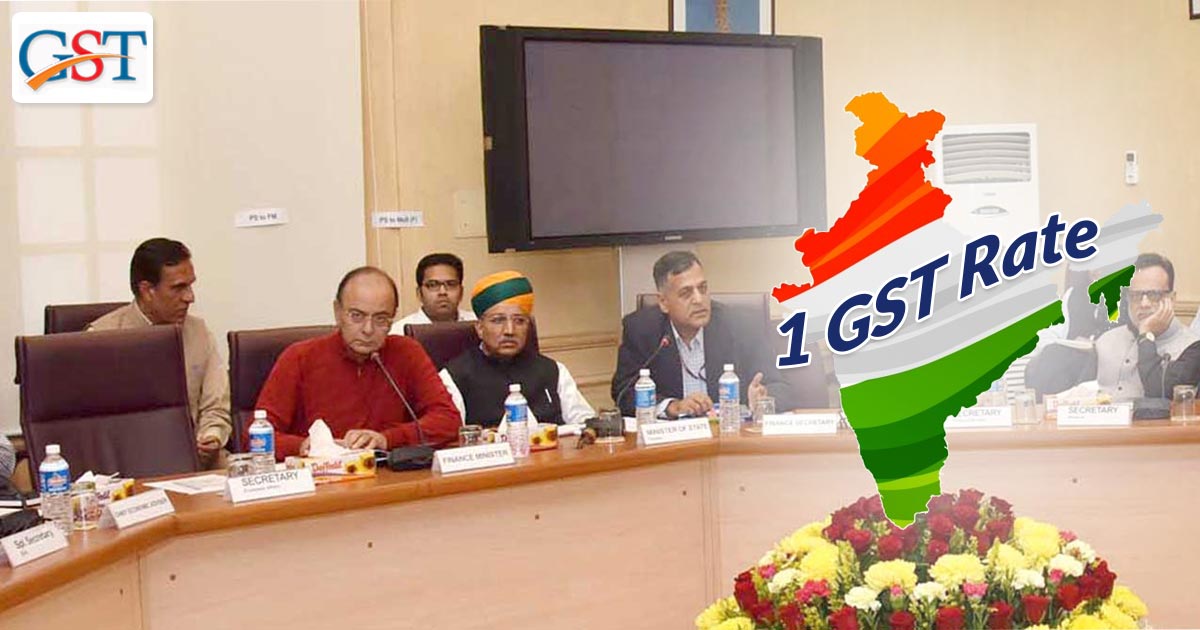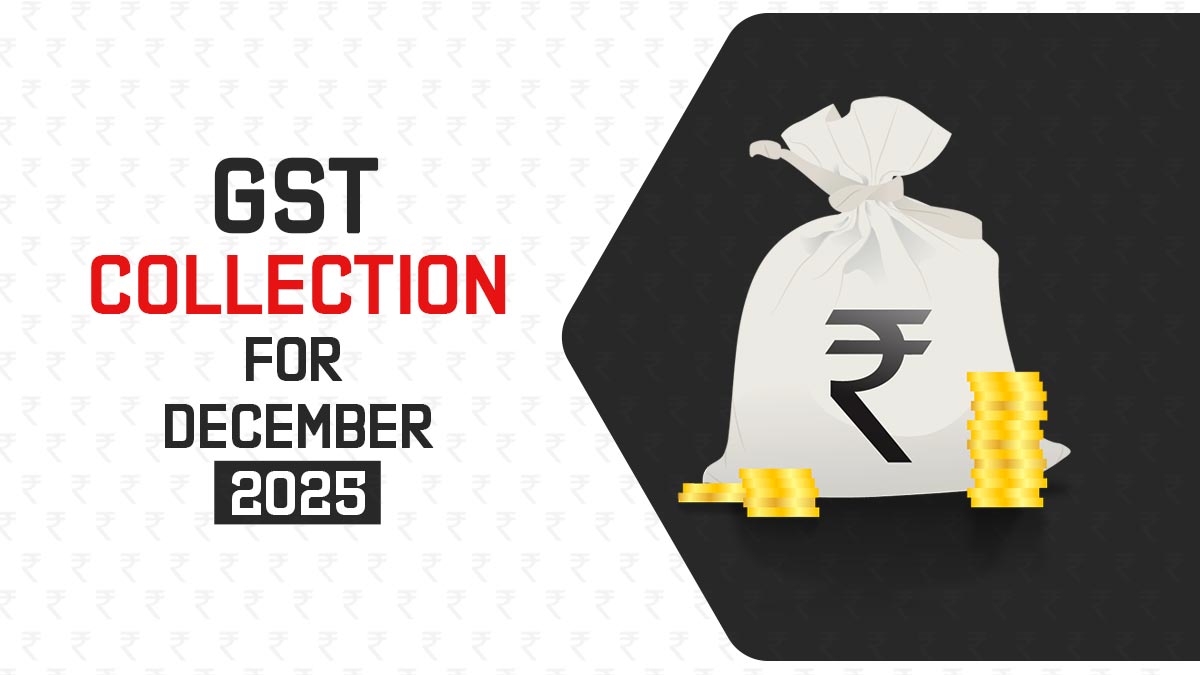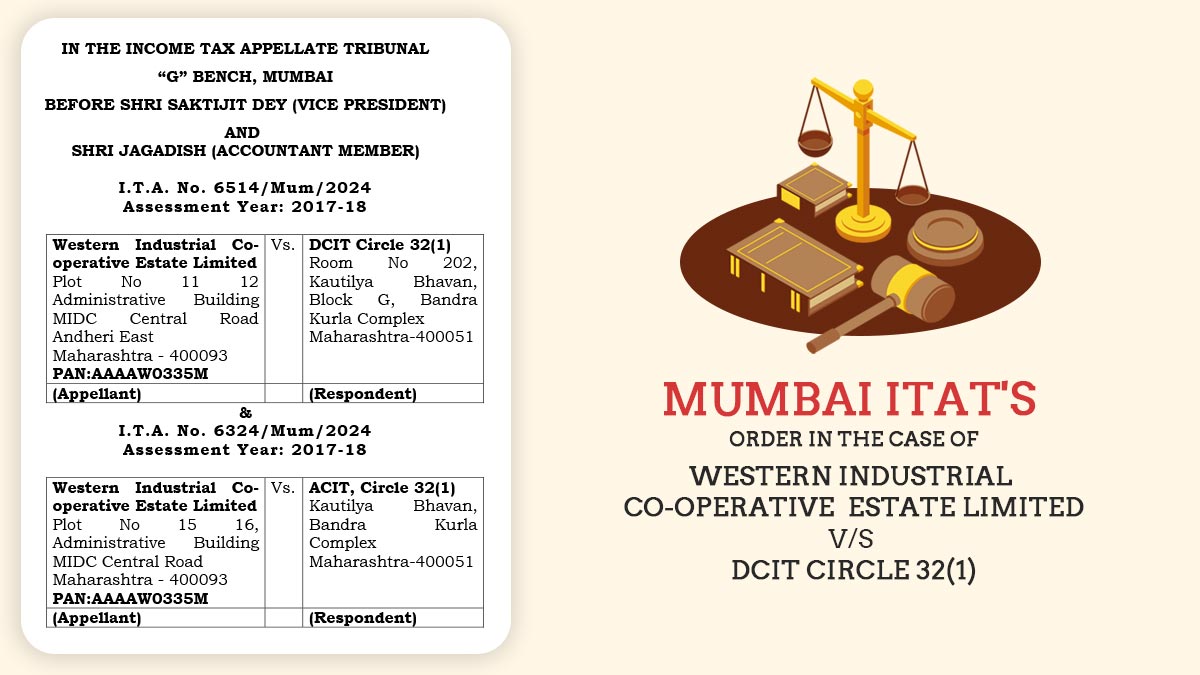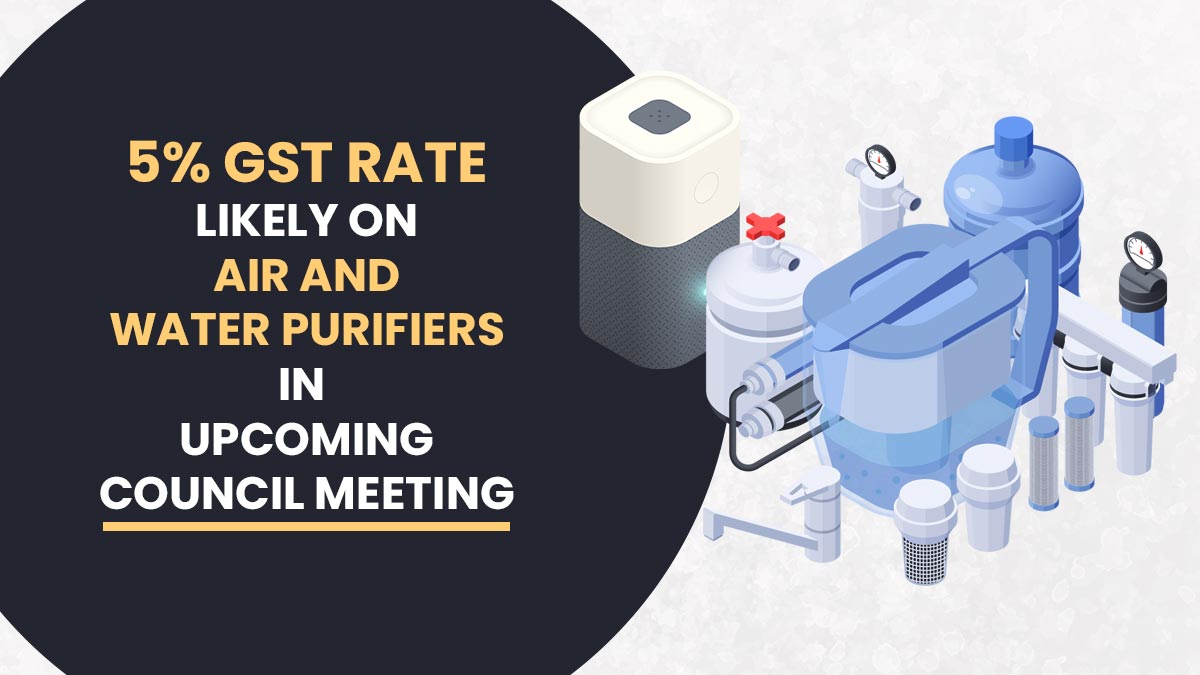Asim Dasgupta was the previous Finance Minister of West Bengal who managed the Empowered Committee of State Finance Ministers. The first draft of Goods and Services Tax (GST) framework was prepared by him in 2009. Asim Dasgupta said, there is “scope for consolidating existing GST rates”. To improve the newly implemented tax structure the higher 28 percent slab rate bring down to 18 percent.
While attending an interview Dasgupta stated to IANS, “The present GST structure has multiple rates of 5 per cent, 12 per cent, 18 per cent and 28 per cent. The GST Council can consider whether the rate structure can be simplified and consolidated a bit. It can also look at whether there is any scope of bringing down the highest 28 per cent rate and merge it with the 18 per cent slab.”
Read Also: GST Slab Rates in India 2017 Finalized by the GST Council
Till from 2000 to 2010 he had handled the Empowered Committee of State Finance Ministers. He also pointed out that initially, Council recommended two GST rates.
In the views of Dasgupta, “Apart from the exempted list and a special rate for gold, silver and precious metals, we proposed only two GST rates — a lower rate for necessary commodities, all the industrial and agricultural inputs and a general floor rate, but with a band to make it a bit flexible.” He was elected as Finance Minister of West Bengal in 1987 and stayed in similar position for 24 years.
Dasgupta had attended a special midnight GST launch event on 1st July which is held at the Central Hall of Parliament. He was recognized by Union Finance Minister Arun Jaitley when he came to attend the event.
Dasgupta added that, the committee had stressed out on the concept of, “floor rate and a band around that to uphold the autonomy of the states in choosing the rates,” specifically the general rate. He also said, “It is noted that even in the Constitution Amendment (2016) for GST, this provision of choosing of a band with floor rate was specifically mentioned in clause 279. But the GST Council fell short of it.”
When asking about that why the petroleum products were not included under the new Goods and Services Tax (GST) Regime, he replied, “There were apprehensions in the minds of the state governments that their revenue would slide with the introduction of the new indirect tax structure.” By adding that, “In fact, around 30 per cent of the states’ sales tax revenue is obtained from petroleum products. That is why state governments proposed to keep the inclusion of the petroleum products group in abeyance, particularly during the initial years of the GST regime.”
Recommended: GST Impact on Petroleum Products
Dasgupta said that, In upcoming time petroleum products will be added in the new indirect tax regime, he had secured doctorate from Massachusetts Institute of Technology (MIT) in Economics subject.
Dasgupta said, “Before the introduction of GST, the weighted average of the tax burden of all the indirect taxes of both the Centre and states at the previously existing rates was around 23 per cent while in the GST regime, it has come down to around 18 per cent. This has happened because the input tax credit net is wider now.”
He further added that, “I cannot quite agree with the present recommendation of the GST Council for inclusion of a much smaller number of medicines in the exempted category and remaining medicines in the 12 per cent and 18 per cent categories”, said Dasgupta
Due to the Value Added Tax (VAT) Compliance India had to deal with several problems such as double taxation (tax- on tax), cascading effect and the burden of the tax falls on both who paid input tax as well as tax paid on previous purchases.
Dasgupta said that, “built-in check in the VAT structure on tax compliance” which was applied in the Centre and also States. He further added that, “As a result, it was found, if you take the five years before the introduction of the state VAT, the average annual rate of growth of the then sales tax was 11 per cent and if you take the next five years after the introduction of VAT, the average rate of growth of tax revenue doubled to 22 per cent.”










